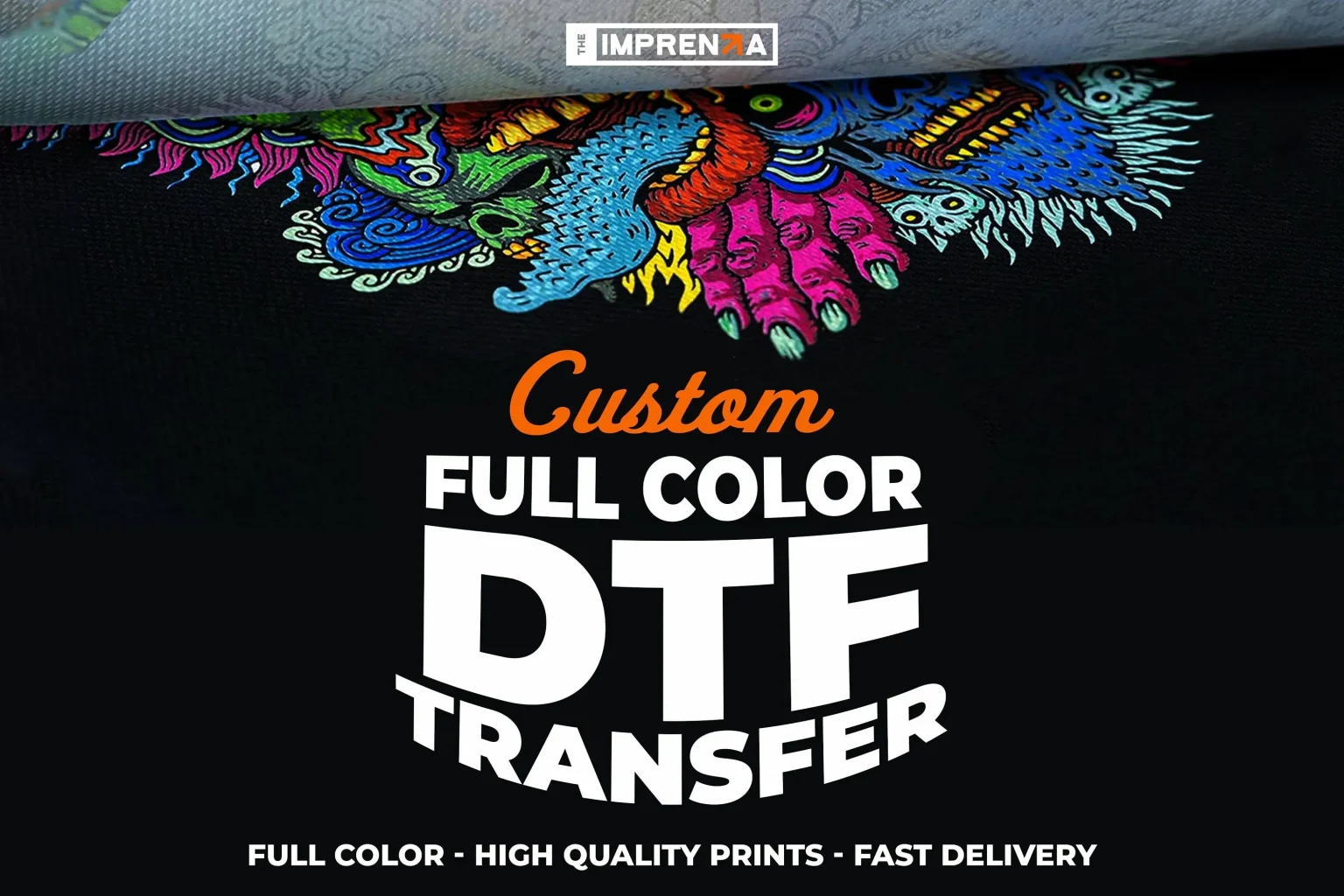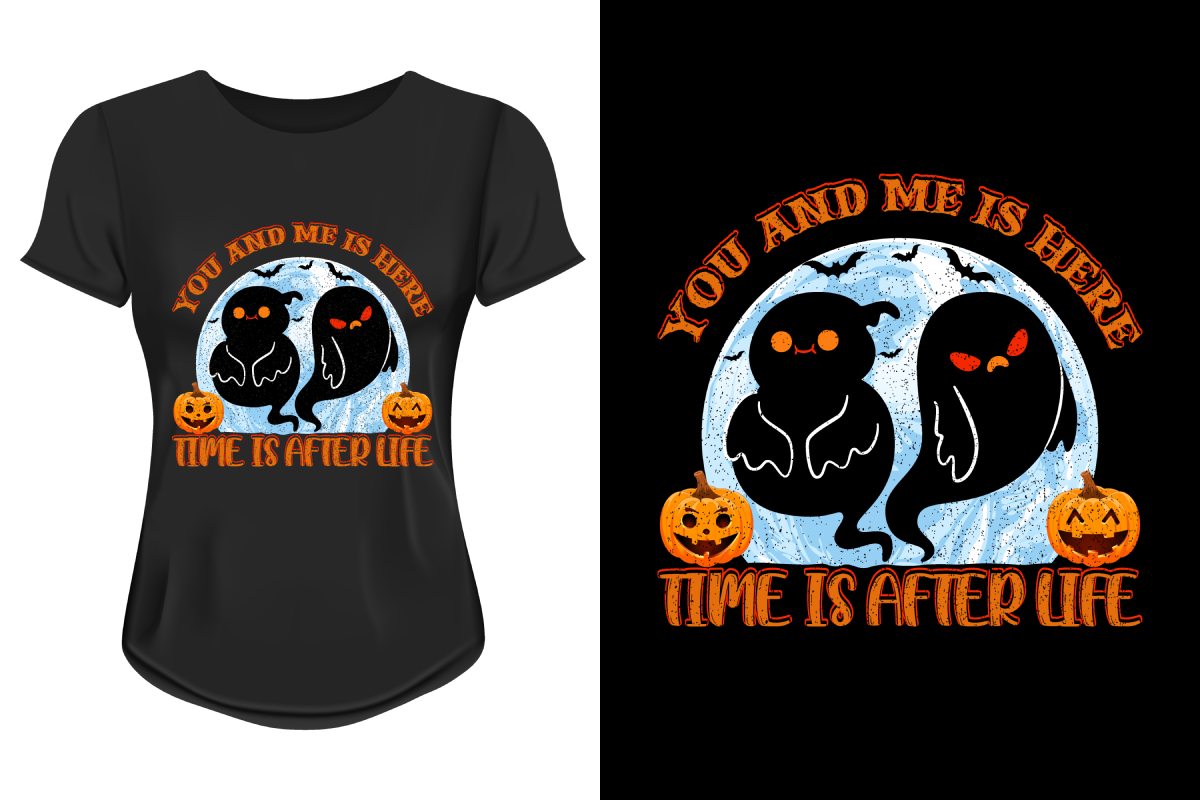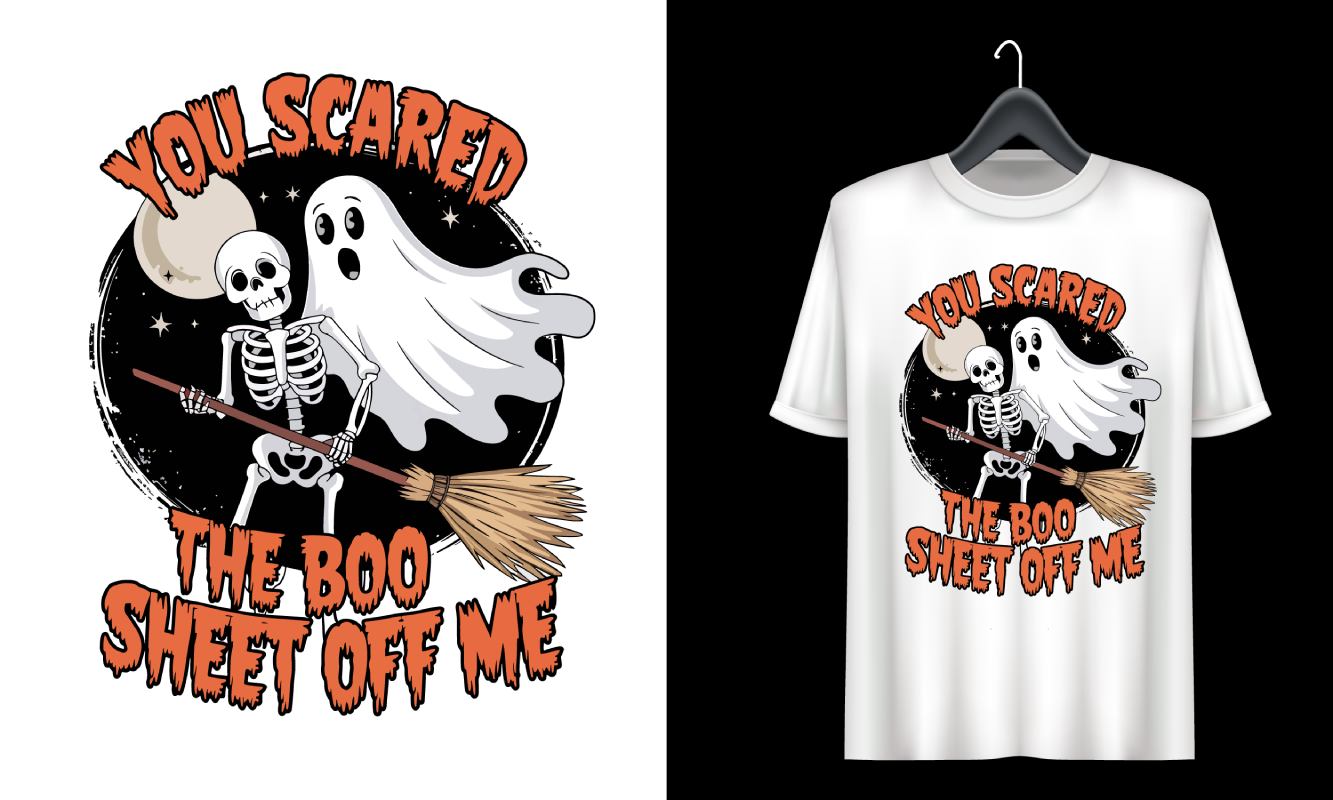DTF Transfers, or Direct-to-Film transfers, are revolutionizing the custom apparel printing industry with their ease of use and stunning results. This innovative printing method allows for vibrant fabric printing that retains the detail and color of designs, making it a top choice for businesses and artists alike. From T-shirts to unique home decor, DTF printing benefits those looking to create high-quality, personalized products efficiently and affordably. In this guide, we will uncover the various DTF transfer applications, including fashion and branding, and explore the advantages that make this technology a favorite among creators. Join us as we delve into the remarkable world of DTF transfers, where creativity meets practicality.
Exploring the concept of Direct-to-Film technology, also recognized as DTF printing, reveals an exceptional method for transferring intricate graphics directly onto various substrates, primarily fabrics. This process stands out for its compatibility with a wide range of textile materials, ensuring vibrant, high-resolution prints that capture attention. Artists and businesses alike have embraced DTF transfer applications for their ability to produce custom designs, from apparel to promotional items, with remarkable efficiency. The benefits of utilizing DTF printing extend beyond aesthetics, making it an eco-friendly choice with lower setup costs compared to traditional methods. As demand for personalized products grows, understanding this dynamic application will be essential for anyone in the custom printing field.
Understanding the Process of DTF Transfers
The process of Direct-to-Film (DTF) transfers involves several critical steps that ensure vibrant and high-quality prints. Initially, a design is created using graphic design software, which allows for full customization. Once the artwork is finalized, it is printed onto special transfer film using a DTF printer. This printer employs water-based inks and specific additives that aid in achieving a rich color spectrum and durable design. It’s important for businesses to grasp this process to leverage the technology effectively in their custom apparel printing endeavors.
Following the printing stage, a hot-melt powder adhesive is applied while the ink remains wet, which allows the design to bond securely during the transfer process. This step is crucial as it determines the durability of the print once applied to the fabric. The film, now treated with the adhesive, undergoes a curing stage that prepares it for the garment transfer. Finally, with the application of heat from a heat press, the film bond securely to the chosen fabric. By understanding these vital steps, companies can produce customized apparel that captivates their target audience.
Benefits of DTF Printing for Custom Apparel
DTF printing offers numerous advantages, making it a popular choice for custom apparel printing. One of the standout features is the versatility of materials it can work with, including cotton, polyester, and blends. This flexibility permits users to explore numerous projects, from trendy fashion shirts to promotional merchandise. The vibrant designs produced through DTF technology help brands stand out, enhancing their visibility and appeal in optically crowded markets.
Another significant benefit is the cost-effectiveness of DTF transfers, particularly for small batches. Traditional screen printing often incurs higher setup costs, making it less feasible for entrepreneurs or small businesses. DTF printing, with its lower initial investment, allows for more accessible production of unique and personalized designs that resonate with consumers. As a result, it opens up opportunities for startups and artists to penetrate the custom apparel market without substantial financial risks.
Exploring Applications of DTF Transfers
DTF transfers have diverse applications across various industries, showcasing their versatility in meeting different consumer needs. In fashion, they allow for personalization of garments such as T-shirts and hoodies, enabling customers to express their individuality through customized designs. This capability not only satisfies consumer demand for unique fashion items but also assists brands in building loyalty through distinct offerings.
Beyond fashion, DTF printing extends into home decor applications, producing personalized items such as cushion covers, wall hangings, and other decorative fabrics. This broadens the scope of DTF technology and reinforces its role in enhancing living spaces with one-of-a-kind items. Businesses can use DTF transfers for branding through custom uniforms or promotional items that resonate with their target audience, thus strengthening their market presence.
Recent Trends in DTF Printing Technology
The landscape of DTF printing is evolving rapidly, with technological advancements driving increased interest among small businesses and startups. As entrepreneurs seek fast and efficient solutions for customization, DTF technology has emerged as a go-to option. The approach allows for on-demand production, substantially reducing the need for large inventories and enabling brands to quickly adapt to changing consumer preferences. This flexibility is vital in remaining competitive in today’s fast-paced market.
Industry reports project significant growth for DTF printing over the next few years, particularly as more brands recognize the benefits of personalized products. Enhanced printer technology and the continuous improvement of inks are leading to higher quality outputs. As the demand for vivid color profiles and sustainable printing solutions rises, DTF technology stands poised to meet evolving consumer expectations, ensuring its solid foothold in the custom printing sector.
Challenges of DTF Transfers in the Custom Printing Industry
While DTF transfers offer exciting opportunities, they also come with notable challenges that need addressing for successful implementation. One main issue is the requirement for specialized equipment, which can be a barrier to entry for smaller enterprises. This necessitates careful consideration for businesses looking to adopt DTF printing, as it requires investment in both technology and training.
Additionally, quality control remains a critical concern, particularly for newcomers to DTF technology. Achieving consistent printing and curing results requires precise control over equipment and processes. New users must invest time in understanding and mastering these complexities to ensure their products meet established quality standards. Moreover, the durability of prints relies heavily on application techniques and care instructions, indicating a need for businesses to educate their customers on proper care for DTF-printed items.
The Future of DTF Transfers in Custom Apparel Printing
As the demand for personalized products continues to surge, DTF transfers are positioned to take a leading role in custom apparel printing’s future. With advancements in technology, DTF printing is becoming more accessible and scalable, encouraging wider adoption among various businesses. These developments promise to further refine print quality, speed up production processes, and lower operational costs, thus enhancing the overall appeal of DTF transfers.
Moreover, growing consumer appreciation for unique and customized products bodes well for the future of DTF technology. As businesses strive to cater to this market by offering vibrant and imaginative designs, they are increasingly turning to DTF printing as a reliable method for turning creative ideas into tangible products. This trend indicates a significant transformation in how apparel is designed, produced, and marketed, with DTF at the forefront of this exciting evolution.
Frequently Asked Questions
What are the main benefits of using DTF transfers for custom apparel printing?
DTF transfers offer numerous benefits for custom apparel printing, including vibrant color reproduction, versatility across various fabric types, and cost-effectiveness for small batch production. With the ability to produce high-resolution prints, DTF printing ensures that designs are both eye-catching and durable.
How do DTF transfers compare to traditional screen printing?
DTF transfers have several advantages over traditional screen printing, including lower setup costs and the ability to print complex designs with gradients. Additionally, DTF allows for faster turnaround times, making it a preferred choice for businesses looking for efficiency in custom apparel printing.
What types of fabrics are suitable for DTF transfer applications?
DTF transfer applications are compatible with a wide range of fabrics, including cotton, polyester, and blended materials. This versatility enables businesses to use DTF printing for various items, such as T-shirts, hoodies, and promotional products.
Can DTF transfers be used for home decor projects?
Yes, DTF transfers can be effectively used for home decor projects. They allow for the customization of items such as cushion covers, wall art, and decorative fabrics, offering unique and personalized accents for any space.
What challenges might businesses face when using DTF printing technology?
Businesses might encounter challenges with DTF printing such as the need for specialized equipment and maintaining quality control during the printing and curing processes. Proper application and care of DTF prints are also crucial for ensuring long-lasting results.
How is the market for DTF printing projected to grow in the coming years?
The market for DTF printing is expected to grow significantly as demand for personalized products increases. With advancements in printer technology and ink quality, businesses will find new opportunities to leverage DTF transfers in custom apparel and merchandise.
| Aspect | Details |
|---|---|
| What are DTF Transfers? | A modern printing technology that transfers designs directly onto fabrics, ensuring vibrant graphics and good detail. |
| How DTF Transfers Work | 1. Design Creation 2. Printing on Film 3. Powder Adhesive Application 4. Curing 5. Transfer Process |
| Key Advantages | – Versatility – Vibrant Designs – Cost-Effective – Environmental Considerations |
| Recent Developments | Surge in popularity among small businesses since 2025, accessible and efficient for customization. |
| Applications | – Fashion – Home Decor – Business Branding |
| Market Trends | Growing demand for personalized products, driven by advances in DTF technology. |
| Challenges | – Need for Specialized Equipment – Quality Control – Durability Issues |
Summary
DTF transfers showcase a remarkable innovation in custom printing, enabling artists and businesses to create vibrant, high-quality designs with ease. This method’s versatility allows it to cater to various applications, from fashion to home decor, fulfilling the growing consumer demand for personalized products. With continued advancements in technology and materials, DTF transfers are set to become an even more integral part of the printing landscape, ensuring their relevance and popularity in the market for years to come.



